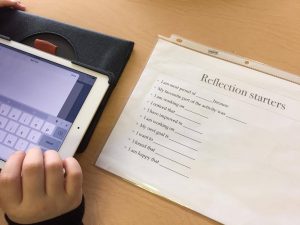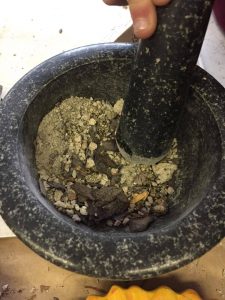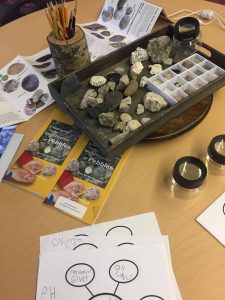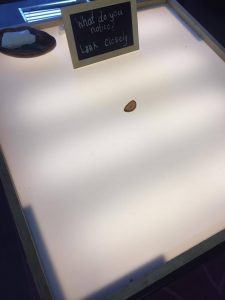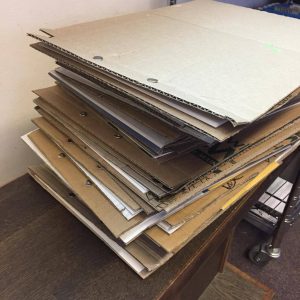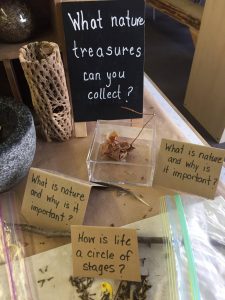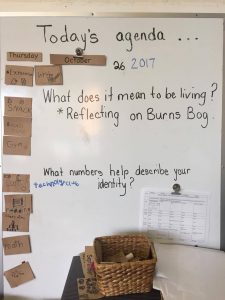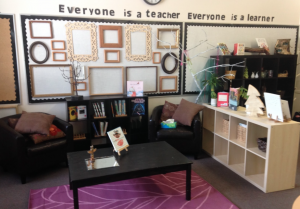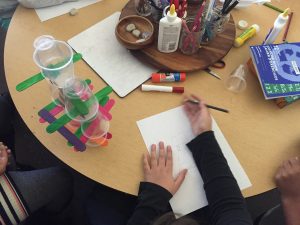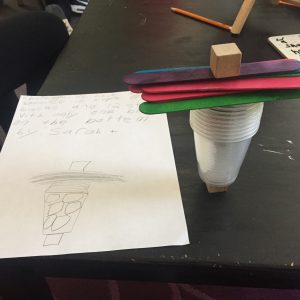There are definitely countless memorable moments in the classroom during this week. Here are something that I learned from my hands-on teaching experience:
- Having routines and foster the habit of having routines with the students is very important. It saves much more time later on. As a teacher candidate, it will also make my teaching easier if I stick to their daily routine.
- No matter how inclusive you want to be in the classroom, you will not always have everyone’s attention at the same time. But this is okay as long as you have the majority and can bring the rest of them back to learning at some point. Moreover, it is important to know that even if the student is not learning with you, the student is learning something from somewhere during that time.
- Be patient. Give students time to think, respond, and share.
- Less me talking. Spend more time listening to the students.
- I have to show that I am interested in what I am teaching in order to get the students interested.
Now my inquiry question has been modified to “How might teachers differentiate instruction to accommodate student diversity in knowledge, ability, and learning styles in Literacy?”
One way of answering my inquiry questions is for me to talk to the teachers. My SA had provided me with some insights on the strategies that she uses. One of her strategies is to use open-ended questions. The teacher will break down big and abstract questions into smaller ones, which can guide the students through some thinking as a class. Later on, when the students go work individually, they have the choice of how much they would want to expand on. Students with limited literacy skills might use fewer words to show their thinking. Students with more advanced literacy skills will be able to focus more on the big question/ open-ended question and elaborate their answers based on the discussion that the class had earlier.

